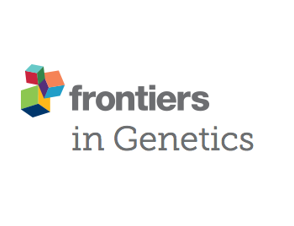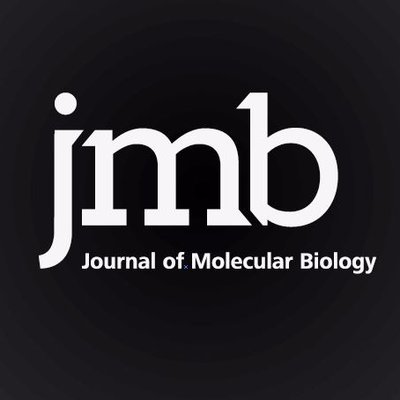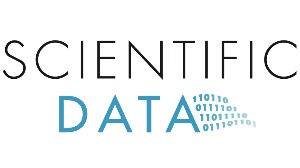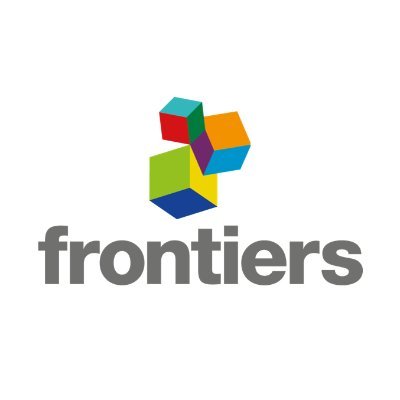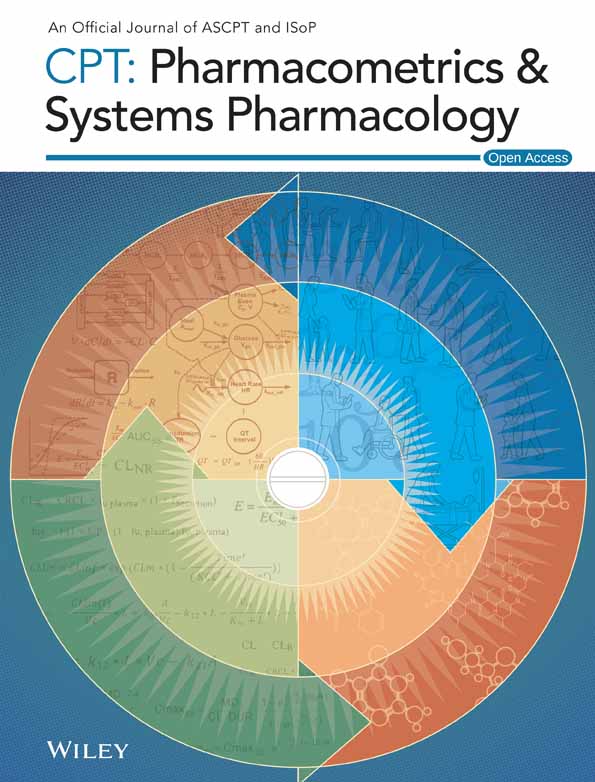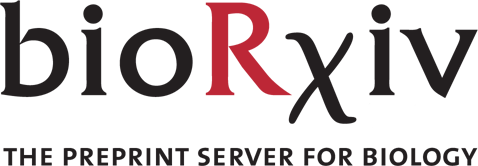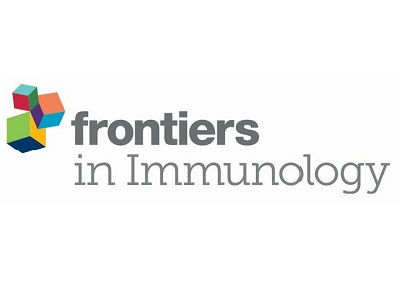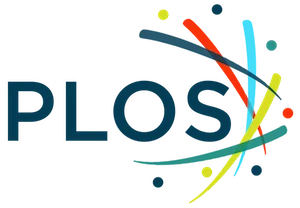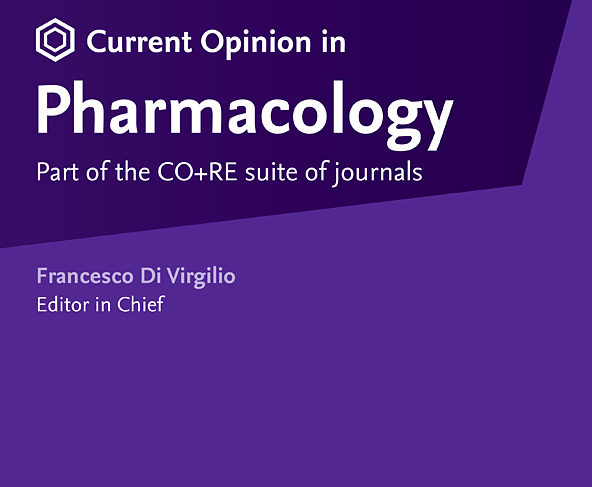AI & Knowledge Graphs: Your key to data-driven insights and fast action
Discover hidden connections in your data and navigate complex challenges to drive groundbreaking results in your field.
You’re looking for the best technology to reveal patterns and gain deeper insights from multi-modal datasets. We help you unlock these hidden connections and reveal previously unseen patterns within complex biological networks providing fine-grained, comprehensive coverage of intricate relationships between biomolecules by leveraging AI algorithms and knowledge graphs.
- Identify novel therapeutic targets
- Gain a deeper understanding of disease mechanisms
- Predict the toxic effect of drugs
Our extensive Knowledge Graph, built upon DISGENET data and other databases, maps over 500,000 biomolecular entities and their 1.5 million+ connections, offering a comprehensive understanding of human disease and its underlying biology.
How it works
1
Data integration
Integrate diverse data sources, including chemicals, proteins, pathways, and diseases, creating a comprehensive network of biological information.
2
AI-powered knowledge discovery
Our cutting-edge AI algorithms analyze this network, identifying hidden patterns and relationships that may not be readily apparent by traditional methods.
3
Actionable insights
Gain meaningful insights into disease biology, chemical effects, and potential drug targets, empowering you to make informed decisions and accelerate your research and development efforts.
The journey from raw data to actionable insights, step by step:
Use case: “Assessing Chemical Safety with AI & Knowledge Graphs”
You’re concerned about developing products that are safe for people and the environment. This means avoiding compounds that may pose threats to both human and environmental health. However, understanding a chemical’s impact on these complex systems is difficult.

Challenge

Understanding mechanisms: We need to know how chemicals interact with various components of the body and the environment, potentially altering processes and leading to adverse effects.

Multi-modal data complexity: Evaluating human and environmental health involves analyzing diverse types of data (e.g., multi-omics, functional and phenotypic assays, etc.), making traditional methods inefficient.

Knowledge Discovery: Finding patterns and non-trivial relationships from complex biomedical networks is a significant hurdle without the assistance of network science and AI.

Solution
We leverage AI, network science, and knowledge graphs to unlock insights from multi-modal datasets:

Reveal hidden connections: Reveal interactions between chemicals and the human body and environment at a molecular level.

Identify mechanisms of action: Understand how chemicals lead to potential health hazards for both humans and the environment.

Develop data pipelines: Build efficient systems for ongoing risk assessment.

Support Next Generation Risk Assessment: Implement advanced methodologies for comprehensive safety evaluation.

Benefits

Safer products

Optimize resources

Responsible innovation
Use case: “Developing Safe and Effective Therapies with AI & Knowledge Graphs”
Despite unprecedented advancements in biomedical research, the development of effective and safe therapeutics for the treatment of human diseases, the complexity of human biology and the challenge of integrating and analyzing these datasets poses significant hurdles in understanding how disease develops at the molecular level.

Challenge

Complexity of Disease: Understanding how diseases develop at a molecular level requires navigating the inherent complexity of human biology.

Data Integration and Analysis: A vast amount of multi-modal data exists on human diseases, but integrating and analyzing it to gain meaningful insights poses significant hurdles.

Solution
We leverage AI and Knowledge Graphs to unlock the potential of multi-modal data:

Disease Modeling: Knowledge graphs represent our understanding of disease processes, facilitating the integration of diverse data.

AI and Network Analysis: AI algorithms reveal hidden patterns and relationships within complex biological networks, providing deeper insights into disease biology.

Target Identification: Identify novel therapeutic targets backed by strong knowledge of disease biology, balancing novelty with confidence.

Mechanistic Biomarker Discovery: Uncover mechanistic biomarkers for improved diagnosis and targeted treatment strategies.

Benefits

Identify new therapeutic areas: Explore promising avenues for drug development.

Strengthen target selection: Balance novelty with confidence in target selection.

Develop targeted therapies: Advance precision medicine approaches.
Why choose MedBioinformatics?
15+
Years of experience in text mining and bioinformatics research
Partnered with prestigious academic institutions

200
Published research papers in top-tier journals
Our published research on AI & Knowledge Graphs
Discover the foundation of our AI & Knowledge Graph solutions by reading our published works.
